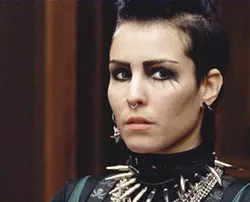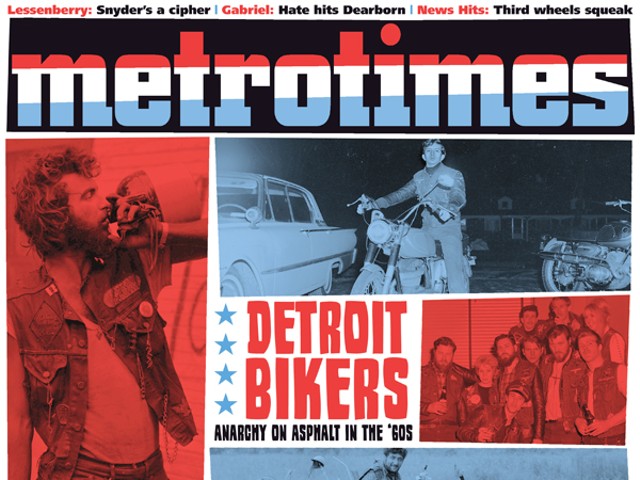The Girl Who Kicked the Hornet's Nest
GRADE: C-
Stieg Larsson's Millennium Trilogy ends not with a bang, but with a whimper. A long, aimless, talky whimper. All but the most loyal fans of the book will find The Girl Who Kicked The Hornet's Nest anything more than a sporadically interesting bore that never rises above its made-for-TV production values. Part of the problem is Daniel Alfredson's torpid and obvious direction, but most of the fault lies with the story, which lacks both suspense and intrigue. Whether it's Larsson's posthumous source novel (I haven't read it) or Jonas Frykberg's witless and nuance-free adaptation I can't say, but the movie's extended courtroom dramatics would have trouble challenging even the most run-of-the-mill episode of Law & Order.
Picking up where the second film — The Girl Who Played With Fire — left off, we follow Lisbeth Salander (the still-effective Noomi Rapace) as she's airlifted to a hospital, following a brutal showdown with her evil father and hulking half-brother. With a bullet removed from her brain (and another two from her lower extremities), Lisbeth recovers just down the hall from her dear old burn-victim daddy (Georgi Staykov), who's on the mend from the ax wounds she inflicted on him in the last film, and busily blackmailing an elderly cabal of corrupt Swedish politicos.
Meanwhile magazine muckraker Mikael Bloomkvist (a neutered Michael Nyqvist) desperately works behind the scenes to prove Lisabeth's innocence while dark political forces plot to return her to the loony bin, where she'll be in the hands of the doctor who abused her oh-so-many years ago.
If it sounds irresistibly melodramatic, trust me, it isn't. Along with dropped plot threads from the last film (what happened to the sex trafficking subplot, and journalists Lisabeth was accused of murdering?), Hornet's Nest is a two-hour-plus on-the-nose slog, juxtaposing Salander's predictable trial against Bloomkvist's surprise-free sleuthing. There are no revelations to be discovered (none of consequence anyway) and no clever court maneuverings. In fact, Lisabeth is given shockingly little to do — unless you want to count dressing as a Mohawk-coiffed riot grrrl as a major plot development. If not for Rapace's unassailable charisma and a decent final confrontation between the half-siblings, the film wouldn't be worth a late-night cable viewing.
The first film — The Girl With the Dragon Tattoo — was a moody mash-up of Agatha Christie-style mystery and sordid exploitation cinema. By pitting the goth-girl hacker and her middle-age journo-lover against a 40-year-old secret involving neo-Nazi serial killers, Larsson gave director Niels Arden Oplev enough lurid melodrama to feed his stylish impulses. The second film, far less cinematic in execution and suffering from the separation of its two heroes, still benefited from a deranged sense of soap operatics, introducing us to Lisabeth's monstrous father and creepy James Bond-like villain of a half-brother.
Hornest's Nest is glacially paced, with few visual aesthetics and a one-dimensional narrative that is nonsensically convoluted. It's a profoundly disappointing wrap-up to an already suspect trilogy. Convinced that they're addressing Sweden's dark history of societal sexism and violent misogyny, all three films too often fall prey to the very instincts they seek to criticize. While Oplev created the giddy-yet-gritty images of Lisabeth's sexual abuse, it's Alfredson's sequels that frantically insert them whenever possible, hoping to juice up his sluggish storytelling. Here's hoping that David Fincher's (Se7en, Fight Club, The Social Network) upcoming American adaptation does a better job of delivering a thriller that goes for both the dramatic, ethical and thematic jugular.
Opens Friday at the Landmark Main Art Theatre, 118 N. Main St., Royal Oak; 248-263-2111.






